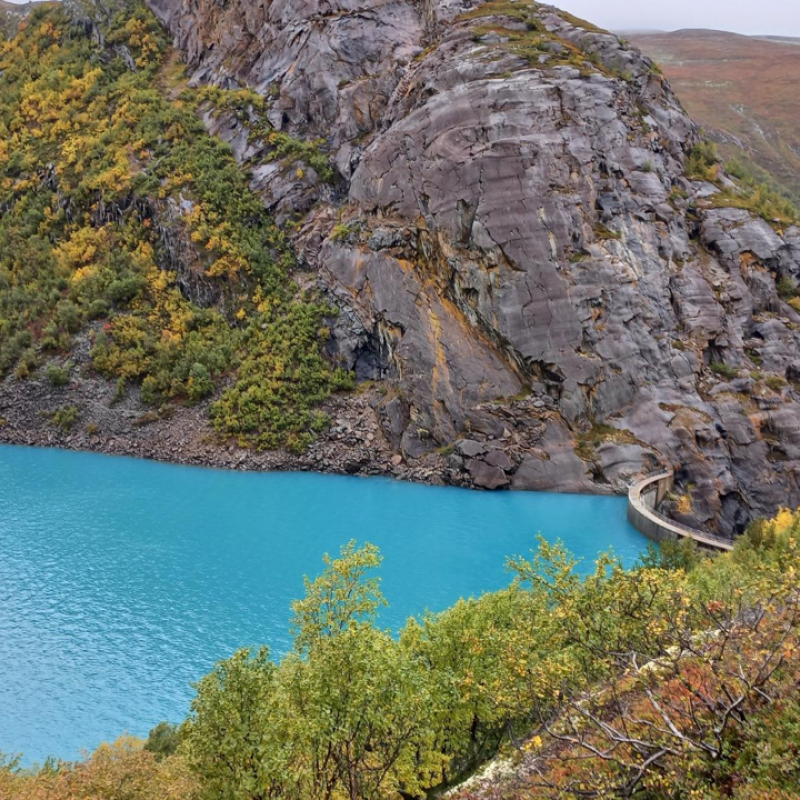Bjørn Kløve
Research Professor
Abstract
No abstract has been registered
Abstract
No abstract has been registered
To document
Authors
Anne Lyche Solheim Anne Tolvanen Eva Skarbøvik Bjørn Kløve Dennis Collentine Brian Kronvang Gitte Blicher-Mathiesen Fatemeh Hashemi Artti Juutinen Seppo Hellsten Eija Pouta Jan VermaatAbstract
No abstract has been registered

